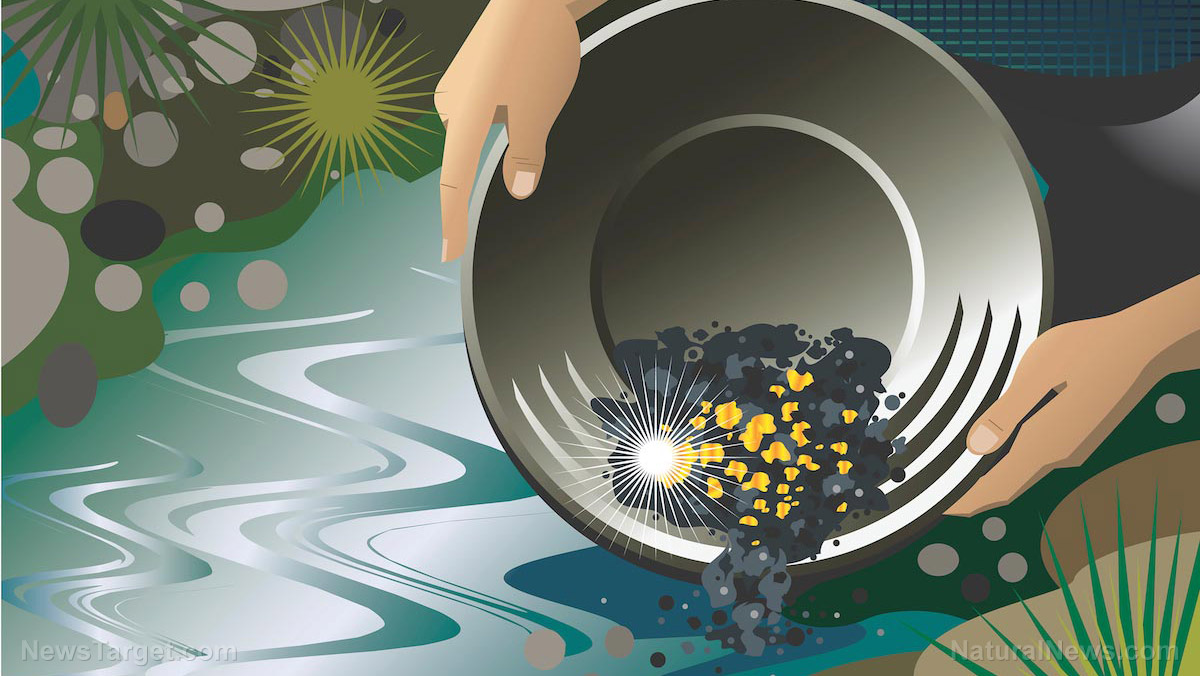
Clouds are typically found floating at the planet's equator in the coldest time of the year when the Red Planet is farthest from the sun. But one Martian year ago (two Earth years), scientists noticed clouds forming over Curiosity earlier than they expected. So NASA instructed the rover this year to watch for "early" clouds.
Clouds did appear starting in late January. They were spread out in rippled and sometimes colorful patterns in the dry, thin atmosphere of Mars.
https://twitter.com/MarsCuriosity/status/1398337018975817730
"I always marvel at the colors that show up – reds and greens and blues and purples," said Mark Lemmon, an atmospheric scientist from the Space Science Institute in Colorado. "It's really cool to see something shining with lots of color on Mars."
Martian clouds are said to be at their prettiest just after sunset, when the last light makes the ice crystals glow against the darkening sky. This is why scientists call these twilight clouds "noctilucent," or night-shining.
One of the noctilucent clouds in the images appears iridescent like mother-of-pearl. Lemon said that Martian clouds look this way when cloud particles are very similar sizes. This happens when clouds have just formed and have grown at the same speed. (Related: "Blue" sand dunes on Mars stun in NASA photo.)
Strangely, the clouds in the images appeared higher in the atmosphere than what scientists had seen before. NASA said that Martian clouds usually hover 37 miles above the surface and are made of water ice. But the clouds in images floated at an altitude higher than that, though NASA did not specify the exact altitude. This suggested that they were likely made of dry ice (frozen carbon dioxide) since it is colder higher up in the atmosphere.
NASA said it would know for sure which of the images showed water-ice clouds and which showed dry-ice ones once it collected enough data. In the meantime, the new images could help scientists understand how clouds form on Mars, which is a big mystery since the Red Planet has a very thin atmosphere.
Clouds on Mars form from icy dust from meteors
A 2019 study published in the journal Nature Geoscience found that meteors might play a big role in Martian cloud formation. Researchers explained that the wispy clouds in Mars' middle atmosphere – which starts around 18 miles above the surface – formed largely from "meteoric smoke," or icy dust created by space debris slamming into the Red Planet's atmosphere.
"We're used to thinking of Earth, Mars and other bodies as these really self-contained planets that determine their own climates. But climate isn't independent of the surrounding solar system," said NASA's Victoria Hartwick, who started the study as a doctoral student at University of Colorado, Boulder.
Clouds need "seeds" to form, or particles around which water molecules could condense. On Earth, s particles include grains of sea salt or dust that get carried upward by the wind. As water molecules condense around these particles, cloud formations grow larger and heavier.
But it was unclear how that applies to clouds in the middle atmosphere of Mars since this region lacks those particles. Small meteors, however, burn up and shed fine dust when they slam into the planet's atmosphere. This fine dust could serve as the needed seeds for clouds to form.
Indeed, when the researchers ran computer simulations to test this hypothesis, their models showed that clouds did not form in the middle atmosphere of Mars without meteoric dust. Conversely, clouds condensed when meteoric dust was included in the simulations.
In sum, the study showed that clouds on Mars form largely from icy dust left behind by small meteors burning up in the planet's atmosphere.
Visit Space.news for more stories about Mars.
Sources include:
Please contact us for more information.























